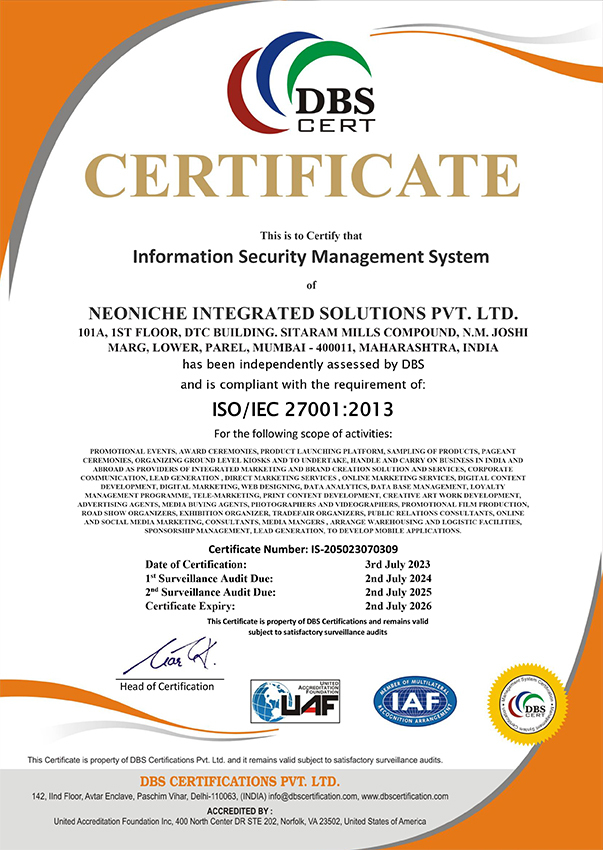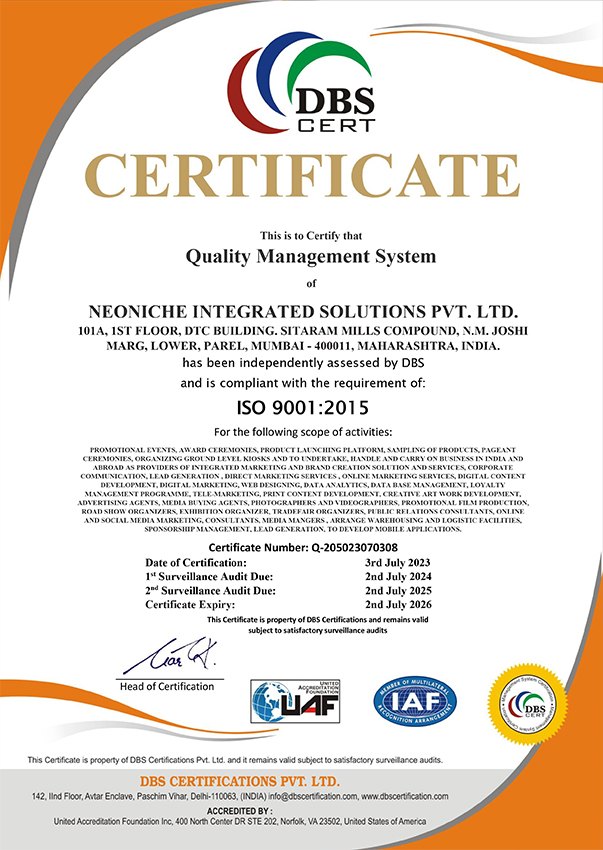Purpose of business
Every business differs from each other in terms of their philosophy, their brand position and their target audience. The only thing that they share is the primary goal of sales and ultimately, profit.
But are they truly benefiting from their philosophies?
This rat race has led to a rapid growth in technological advancements, allowing them to bridge the gap of a far-fetched future in the present. A present where events take the norm of an interactive displays to another level.
Few decades ago, people were introduced to displays that got advanced with years down the line – from B&W to colourful, from fat idiot box to slim bezel less displays. In the decade gone by, interactive displays have caught the eye of high-end brands. While the trend of using such displays was not widely marketed back then, slowly and steadily it got popular and is now used as a marketing tool in many media platforms; events being one of them.
Event Management companies in Mumbai have increasingly been using such displays for corporate events.
How have interactive touchscreens impacted event marketers?
Fewer ticketing hassles
Any event done on a big scale, invites a lot of traction which leads to chaotic scenes at the entrance. It takes a number of highly skilled professionals manning the front door to take care of the whole process. That’s why we need automated, intuitive, easy-to-use displays, which can benefit event organisers in a convenient and sophisticated way.
HOW?
Take for example a simple two-step process: scanning a unique QR code followed by receiving a ticket in return. This would then help hundreds and thousands of attendees experience far quicker queuing time and create less fuss for the management.
Remember, the better the consumer’s experience, the more likely they are to convert from lead to sale.
Customer is always right
The digital evolution has allowed for easier and faster sharing of content when compared with traditional paper-based methods. Furthermore, anything that is printed has a limited shelf life.
By setting up interactive touchscreens in convenient spots, corporate event organisers can offer event attendees access to information that matters to them. These informative displays will help them ignore the clutter and cut straight to the information that’s necessary.
- What time is the keynote address?
- What meals options do they offer?
- Is there a first aid kit on standby?
- Can I find out when the next event is?
- Is this product available for pre-order online?
Answers to questions like these can be made available through a kiosk, which can then also take the event goer through a journey that should ultimately see them convert to a loyal customer.
Gather priceless insights
Outfitting intuitive interactive displays at marquee events like concerts, awards shows, and tech product launches can allow attendees to share valuable feedback and maybe even engage with the brand through social channels. This also creates a window for sponsors and partner brands to spread brand awareness along with the event company.
What is essentially a fun experience for attendees is also a great tool for brands to get access to extremely valuable customer data. So make sure you use this wisely.
Don’t sell. Tell.
Telling a brand’s story in the most immersive way is what event management companies in India strive for.
However, the time of “one size fits all” solutions is over. People now are on the lookout for tailor-made content. A customised approach will add a personal touch and encourage attendees to invest more in your brand. Interactive displays offer event organisers with more avenues through which they can tell their brand’s story. By creating captivating video content, brands can capture the attention of event attendees and take them on a journey they will remember for a while.
Through the introduction of interactive displays, corporate event organisers can connect with a larger audience by curating content and marketing approaches that speak to a wide variety of audiences. It’s essentially adding the Z-axis to story-telling.


